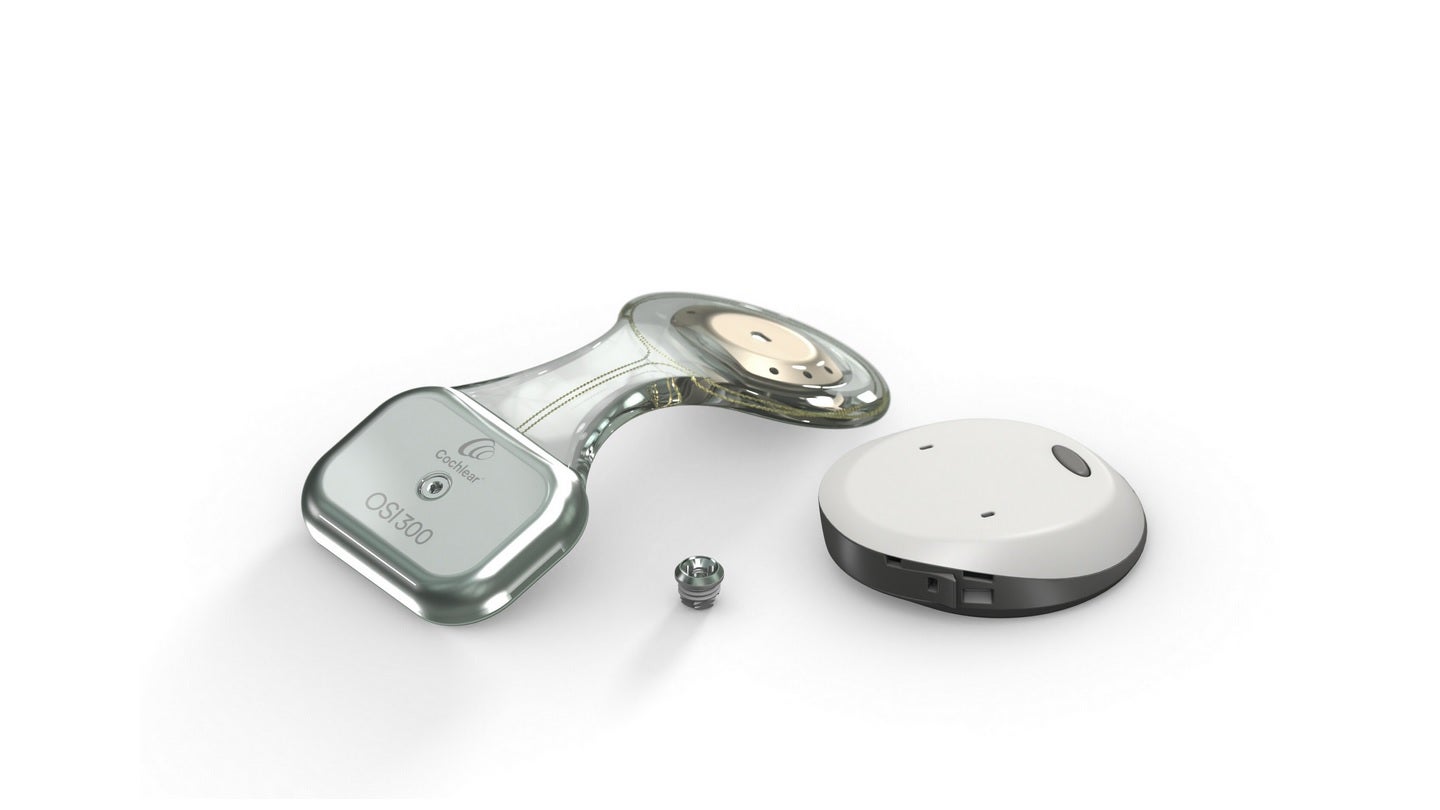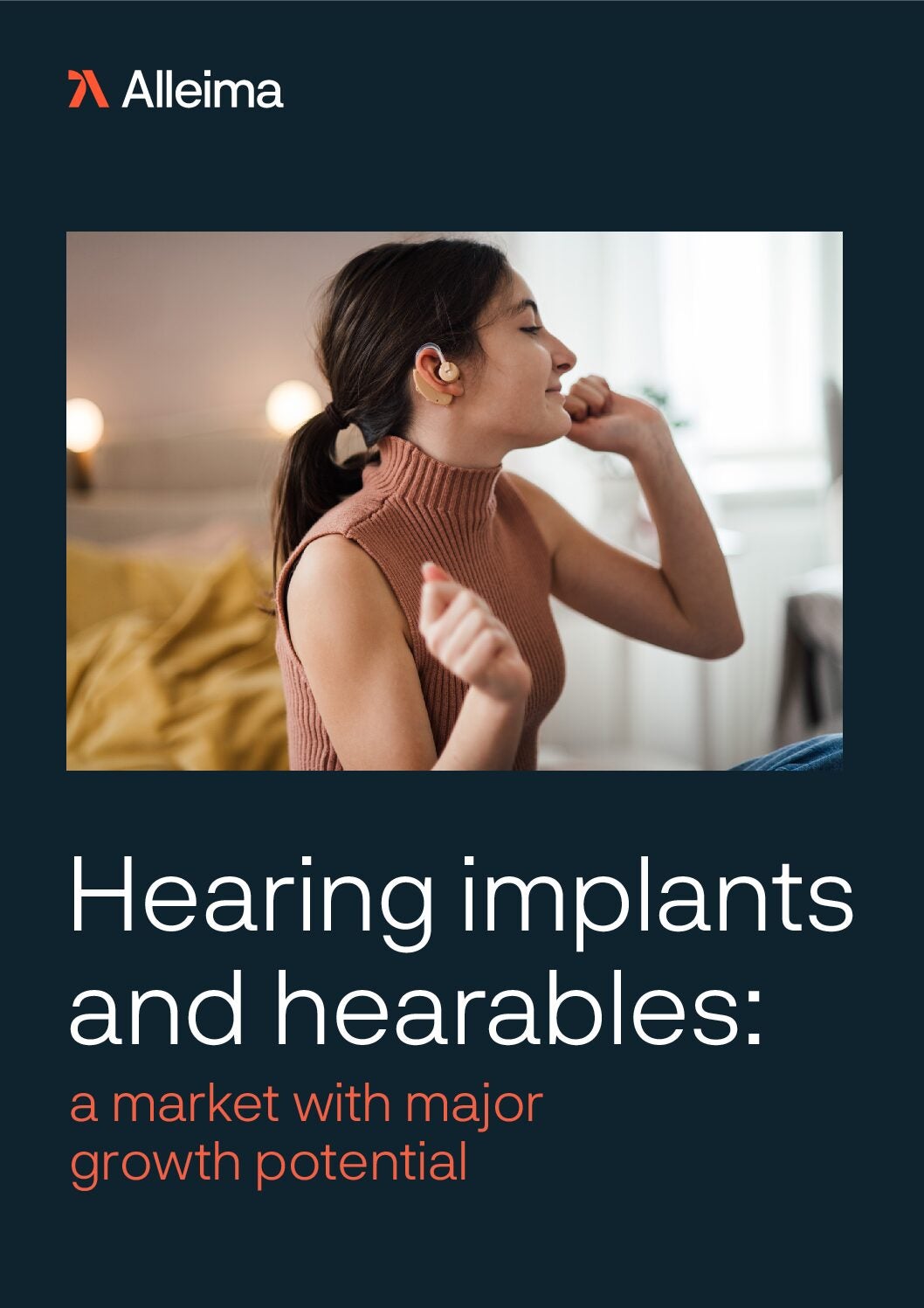
Hearing solutions provider Cochlear has launched its next-generation active bone conduction system, the Cochlear Osia System, which enables magnetic resonance imaging (MRI) at 3.0 teslas (T).
The new system with the Osia OSI300 implant has been developed to enhance hearing outcomes for people with mixed and conductive hearing loss and single-sided sensorineural deafness.
How well do you really know your competitors?
Access the most comprehensive Company Profiles on the market, powered by GlobalData. Save hours of research. Gain competitive edge.

Thank you!
Your download email will arrive shortly
Not ready to buy yet? Download a free sample
We are confident about the unique quality of our Company Profiles. However, we want you to make the most beneficial decision for your business, so we offer a free sample that you can download by submitting the below form
By GlobalDataWith the implant’s introduction, Osia is the first and only active bone conduction system that enables patients to have MRI scans at both 1.5T and 3.0T without requiring surgery.
The OSI300 implant is specially developed to maintain its performance unaltered after exposure to MRI scans, unlike electromagnetic transducers, which can become demagnetised.
Contrary to axial magnets commonly present in many bone conduction implants, which are not suitable for patients undergoing an MRI at 3 T, the OSI300 deploys a diametric magnet that is housed within a casing and can rotate to align with the magnetic field of the MRI machine.
Cochlear portfolio strategy and professional marketing head Ryan Lopez said: “Not only does the new design allow for MRI scans at 3.0T without surgery or the need for a headwrap or splint kit; we have also designed the magnet cassette to be simple to remove if needed.
“The easy removal of the implant magnet reduces image artefact, an important consideration for maximum visibility of areas around the implant.”
Introduced to the market in 2020, the Osia System represents the world’s first active osseointegrated bone conduction solution.
This new category of bone conduction hearing solutions deploys digital piezoelectric stimulation to bypass damaged sections of the natural hearing mechanism and transmit sound vibrations straight to the inner ear (cochlea).




